Deck & Commander Strategies

Go-Shintai of Life's Origin
A shrine tribal deck that leverages low-cost enchantments and shrine synergies to generate incremental value and enhance creatures, aiming to overwhelm opponents with enchantment-based buffs and resilience.
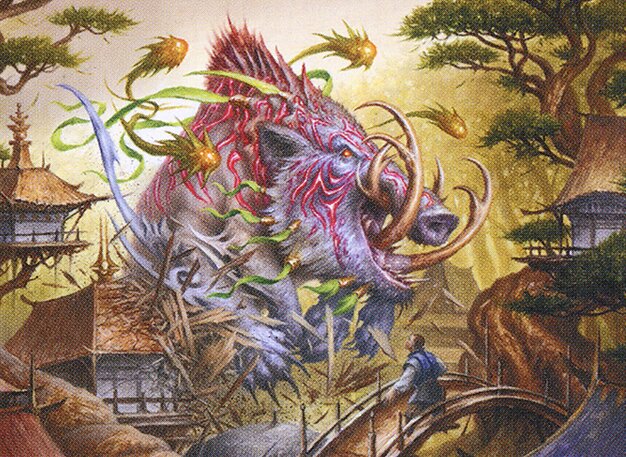
Kaima, the Fractured Calm
A Gruul group hug and goad strategy that manipulates combat by forcing opponents to attack each other, while ramping mana and dealing incremental damage via landfall and exploration effects.

Shorikai, Genesis Engine
A control and value engine deck that uses artifact creatures and vehicles to generate card advantage and board presence, employing flash and disruption to maintain tempo and resource superiority.
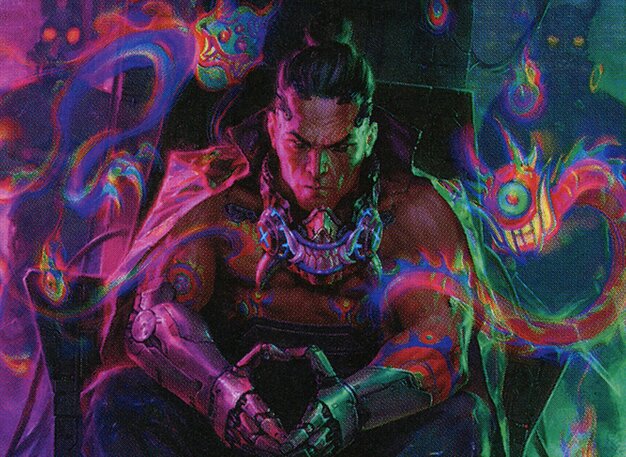
Satoru Umezawa
A ninja tribal deck focused on evasive creatures and ninjutsu mechanics to trigger combat damage effects repeatedly, chipping away at opponents while generating card advantage through ninja synergies.
Gameplay Insights
- 1
Using exploration repeatedly to accelerate land drops and trigger incremental damage was a key tempo play.
- 2
Flash creatures were used effectively to disrupt attacks and protect key board pieces.
- 3
Ninjutsu activations allowed the Satoru player to bypass blockers and trigger multiple combat damage abilities.
- 4
Enchantments that draw cards on creature death or boost other creatures created sustained card advantage and board presence.
- 5
Players carefully balanced aggression and defense, with goad tactics forcing unfavorable attacks among opponents.
- 6
The use of vehicles and artifact creatures in the control deck provided consistent value and board control.
- 7
Landfall and shrine synergies were pivotal in maintaining pressure and resource generation throughout the game.
Notable Cards
-
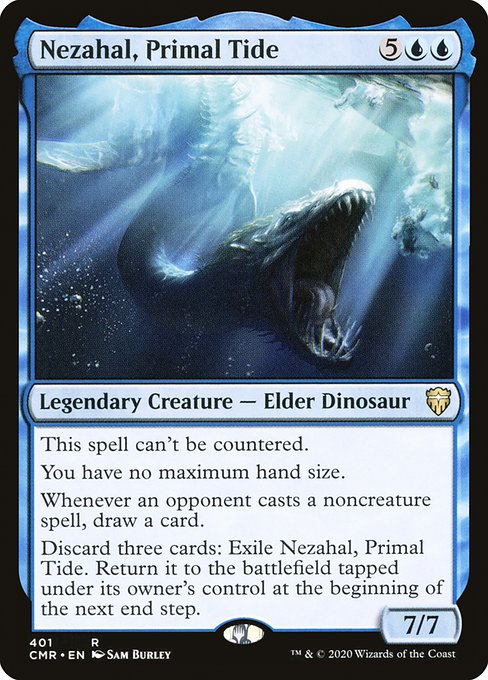
Nezahal, Primal Tide
-
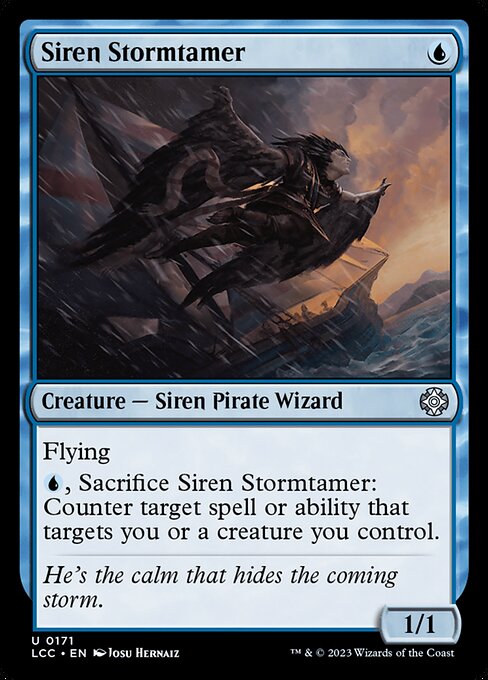
Siren Stormtamer
-
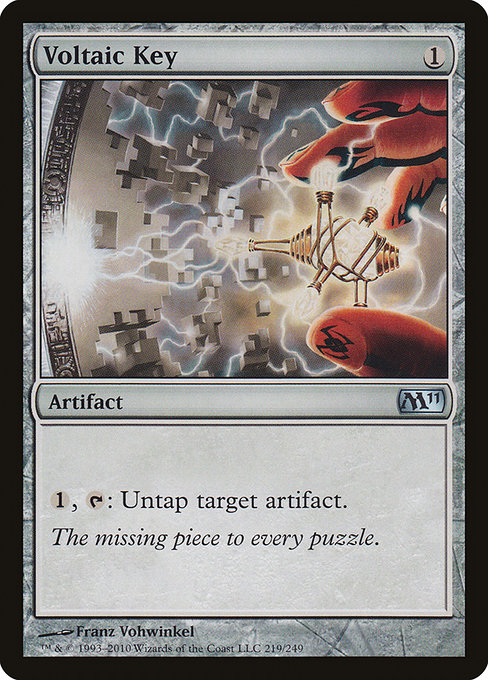
Voltaic Key
-

Exploration
-
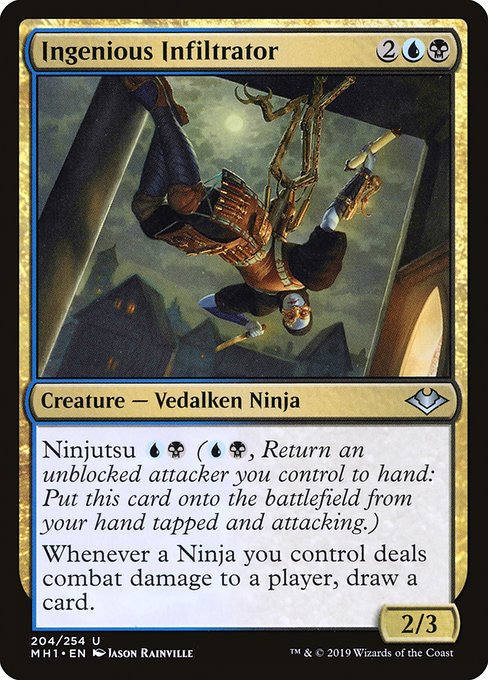
Ingenious Infiltrator
Gameplay Summary
The game featured four unique commanders from the Kamigawa: Neon Dynasty set, each piloted by a different player with distinct strategies.
Early turns saw players developing their mana bases and deploying key creatures and enchantments that set the tone for their decks.
Go-Shintai of Life's Origin focused on a shrine tribal strategy, leveraging low-cost enchantments and synergy to gain incremental advantage.
Kaima, the Fractured Calm, aimed to use a Gruul group hug and goad strategy, manipulating combat and board presence.
Shorikai, Genesis Engine played a control-oriented game with value engine creatures and vehicles, generating card advantage and board presence.
Satoru Umezawa utilized a ninja tribal build with evasive creatures and ninjutsu tricks to chip away at opponents and trigger abilities effectively. A pivotal moment included the utilization of exploration effects by the Gruul player, creating multiple land drops and triggering additional damage with landfall synergies.
The blue-white control player cleverly used flash creatures and enchantments to disrupt opponents and generate card draw.
Ninja synergies were effectively triggered through combat and ninjutsu, allowing Satoru's pilot to strike key blows.
Meanwhile, shrine tribal maintained a steady pressure with enchantment buffs and token production.
Throughout the midgame, players attempted to balance aggression and defense, with Go-Shintai and Kaima jockeying for board control while Shorikai and Satoru looked for value plays and combos. The game’s dynamic revolved around maintaining board states that supported each deck’s unique win condition—whether through shrine enchantment synergy, goad and group hug tactics, control and value engines, or ninja trickery.
The interplay of enchantments, creature abilities, and landfall damage created tension and tactical decisions.
The game highlighted how the new commanders from Kamigawa: Neon Dynasty bring fresh mechanics and interactions to Commander format, encouraging diverse deckbuilding and gameplay experiences.
![Go-Shintai vs Kaima vs Shorikai vs Satoru [Budget EDH/Commander, Magic The Gathering Gameplay 2022] thumbnail](https://i.ytimg.com/vi/RtH14D2XE_M/maxresdefault.jpg)

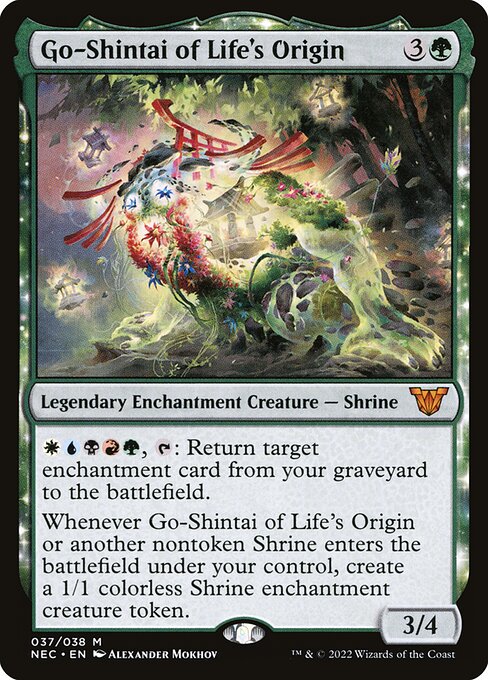



![Raiyuu vs Go-Shintai vs Satoru vs Risona [Budget EDH/Commander, Magic The Gathering Gameplay 2022] thumbnail](https://i.ytimg.com/vi/KH0Qqt4MuJM/sddefault.jpg)
![Green Green and the Mean Machine, ft. Keruga, Go-Shintai, Tovolar, Rakdos [EDH/Commander Gameplay] thumbnail](https://i.ytimg.com/vi/5M3DNEny-eM/sddefault.jpg)
![Trelasarra vs Wilhelt vs Sefris vs Kaima [Budget EDH/Commander, MTG Gameplay 2022] thumbnail](https://i.ytimg.com/vi/3jTvJtQ7wDc/sddefault.jpg)
![Prosper vs Beckett Brass vs Shorikai vs Adrix and Nev [EDH/Commander, MTG Gameplay 2022] thumbnail](https://i.ytimg.com/vi/7VXB5k9LOMg/sddefault.jpg)
![Reyhan & Yoshimaru vs Shorikai vs Isshin vs Hinata [EDH/Commander, MTG Gameplay 2022] thumbnail](https://i.ytimg.com/vi/97SdQNDkZSM/sddefault.jpg)
![Yarok vs Inalla vs Nekusar vs Yuriko [EDH Gameplay] 2019 thumbnail](https://i.ytimg.com/vi/DMN5TuN0Lhw/sddefault.jpg)
![Lord Windgrace vs Tuvasa vs Niv Mizzet vs Yuriko [EDH Gameplay] 2020 thumbnail](https://i.ytimg.com/vi/PVpLAAPdUg0/sddefault.jpg)
![Zacama vs Lord Windgrace vs Kalamax vs Nicol Bolas [EDH Gameplay] 2020 thumbnail](https://i.ytimg.com/vi/gxW36IDCHOg/sddefault.jpg)
![Tuvasa vs Drana vs Greven vs Yuriko [EDH Gameplay] 2020 thumbnail](https://i.ytimg.com/vi/-hHy2sHIzKw/sddefault.jpg)
![Ojutai vs Kalamax vs Greven vs Niv-Mizzet [EDH Gameplay] 2020 thumbnail](https://i.ytimg.com/vi/t177nY7wtgk/sddefault.jpg)
![Random Deck Roulette! [Commander VS 291] | Magic: the Gathering Commander Gameplay thumbnail](https://i.ytimg.com/vi/L2Xh88xu-bk/sddefault.jpg)


















